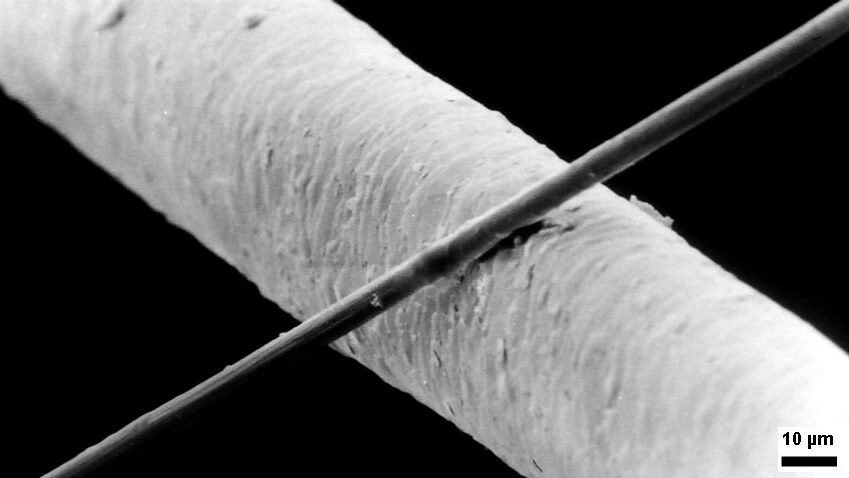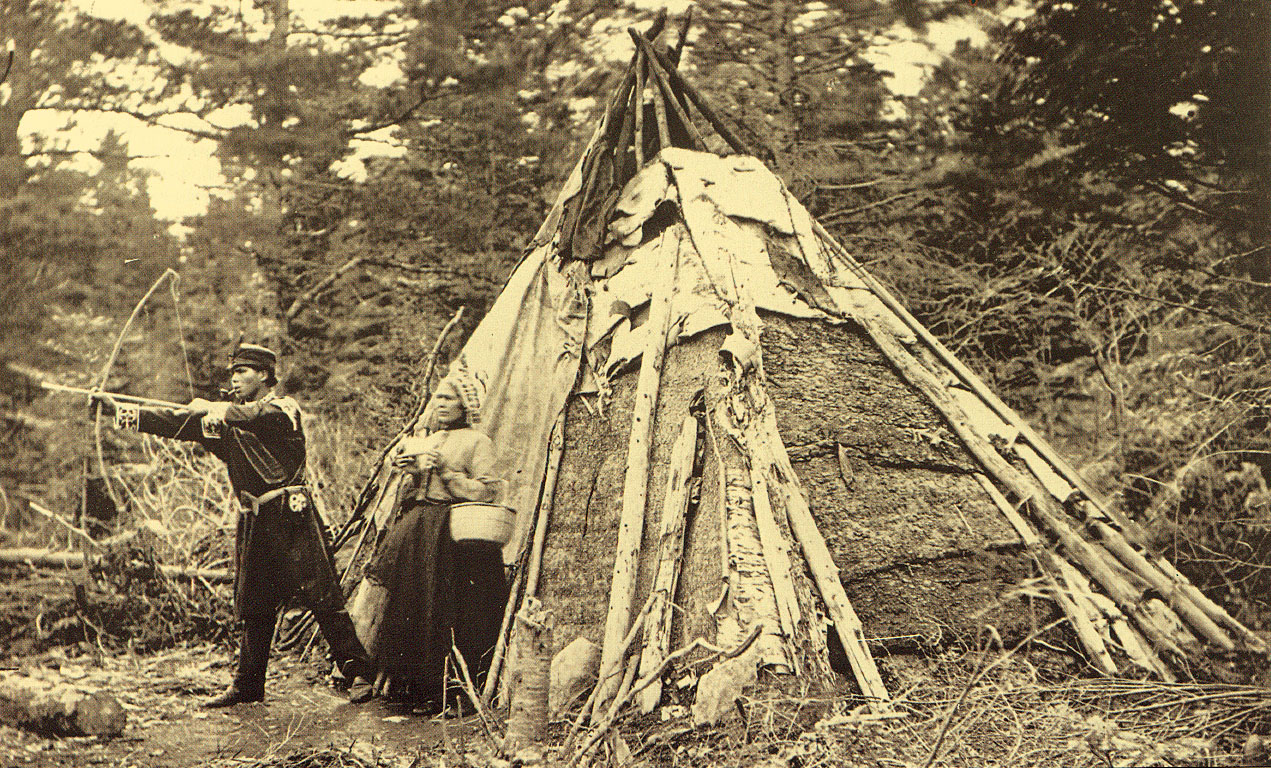|
Sarcodon Subfelleus
''Sarcodon subfelleus'' is a species of tooth fungus in the family Bankeraceae. It was described as new to science in 1961 by mycologist Kenneth A. Harrison, who initially called it ''Hydnum subfelleum''. He transferred it to the genus ''Sarcodon'' in 1984. It is found in Nova Scotia, Canada, where it fruits on the ground singly or in groups under spruce and fir. The type collection was made in Glenmont, Kings County. The fungus makes fruit bodies with convex to irregularly shaped caps measuring in diameter, supported by a stout stipe measuring long by thick. The spines on the underside of the cap are variable in length, up to a maximum of 7 mm long. They are light grayish-brown with white tips, but darken when bruised. The spores of ''S. subfelleus'' are roughly spherical to angular, covered in small, coarse warts (tubercules), and measure 5–6 by 4–5.5 μm The micrometre ( international spelling as used by the International Bureau of Weights an ... [...More Info...] [...Related Items...] OR: [Wikipedia] [Google] [Baidu] |
Tooth Fungus
The hydnoid fungi are a group of fungi in the Basidiomycota with basidiocarps (fruit bodies) producing spores on pendant, tooth-like or spine-like projections. They are colloquially called tooth fungi. Originally such fungi were referred to the genus '' Hydnum'' ("hydnoid" means ''Hydnum''-like), but it is now known that not all hydnoid species are closely related. History ''Hydnum'' was one of the original genera created by Linnaeus in his ''Species Plantarum'' of 1753. It contained all species of fungi with fruit bodies bearing pendant, tooth-like projections. Subsequent authors described around 900 species in the genus. With increasing use of the microscope, it became clear that not all tooth fungi were closely related and most ''Hydnum'' species were gradually moved to other genera. The Dutch mycologist Rudolph Arnold Maas Geesteranus paid particular attention to the group, producing a series of papers reviewing the taxonomy of hydnoid fungi. The original genus ''Hydnum ... [...More Info...] [...Related Items...] OR: [Wikipedia] [Google] [Baidu] |
Basidiocarp
In fungi, a basidiocarp, basidiome, or basidioma () is the sporocarp of a basidiomycete, the multicellular structure on which the spore-producing hymenium is borne. Basidiocarps are characteristic of the hymenomycetes; rusts and smuts do not produce such structures. As with other sporocarps, epigeous (above-ground) basidiocarps that are visible to the naked eye (especially those with a more or less agaricoid morphology) are commonly referred to as mushrooms, while hypogeous (underground) basidiocarps are usually called false truffles. Structure All basidiocarps serve as the structure on which the hymenium is produced. Basidia are found on the surface of the hymenium, and the basidia ultimately produce spores. In its simplest form, a basidiocarp consists of an undifferentiated fruiting structure with a hymenium on the surface; such a structure is characteristic of many simple jelly and club fungi. In more complex basidiocarps, there is differentiation into a stipe, a ... [...More Info...] [...Related Items...] OR: [Wikipedia] [Google] [Baidu] |
Fungi Of Canada
A fungus ( : fungi or funguses) is any member of the group of eukaryotic organisms that includes microorganisms such as yeasts and molds, as well as the more familiar mushrooms. These organisms are classified as a kingdom, separately from the other eukaryotic kingdoms, which by one traditional classification include Plantae, Animalia, Protozoa, and Chromista. A characteristic that places fungi in a different kingdom from plants, bacteria, and some protists is chitin in their cell walls. Fungi, like animals, are heterotrophs; they acquire their food by absorbing dissolved molecules, typically by secreting digestive enzymes into their environment. Fungi do not photosynthesize. Growth is their means of mobility, except for spores (a few of which are flagellated), which may travel through the air or water. Fungi are the principal decomposers in ecological systems. These and other differences place fungi in a single group of related organisms, named the ''Eumycota'' (''true fungi' ... [...More Info...] [...Related Items...] OR: [Wikipedia] [Google] [Baidu] |
Micrometre
The micrometre ( international spelling as used by the International Bureau of Weights and Measures; SI symbol: μm) or micrometer ( American spelling), also commonly known as a micron, is a unit of length in the International System of Units (SI) equalling (SI standard prefix " micro-" = ); that is, one millionth of a metre (or one thousandth of a millimetre, , or about ). The nearest smaller common SI unit is the nanometre, equivalent to one thousandth of a micrometre, one millionth of a millimetre or one billionth of a metre (). The micrometre is a common unit of measurement for wavelengths of infrared radiation as well as sizes of biological cells and bacteria, and for grading wool by the diameter of the fibres. The width of a single human hair ranges from approximately 20 to . The longest human chromosome, chromosome 1, is approximately in length. Examples Between 1 μm and 10 μm: * 1–10 μm – length of a typical bacterium * 3–8 μm � ... [...More Info...] [...Related Items...] OR: [Wikipedia] [Google] [Baidu] |
Basidiospore
A basidiospore is a reproductive spore produced by Basidiomycete fungi, a grouping that includes mushrooms, shelf fungi, rusts, and smuts. Basidiospores typically each contain one haploid nucleus that is the product of meiosis, and they are produced by specialized fungal cells called basidia. Typically, four basidiospores develop on appendages from each basidium, of which two are of one strain and the other two of its opposite strain. In gills under a cap of one common species, there exist millions of basidia. Some gilled mushrooms in the order Agaricales have the ability to release billions of spores. The puffball fungus '' Calvatia gigantea'' has been calculated to produce about five trillion basidiospores. Most basidiospores are forcibly discharged, and are thus considered ballistospores. These spores serve as the main air dispersal units for the fungi. The spores are released during periods of high humidity and generally have a night-time or pre-dawn peak concentration ... [...More Info...] [...Related Items...] OR: [Wikipedia] [Google] [Baidu] |
Stipe (mycology)
In mycology, a stipe () is the stem or stalk-like feature supporting the cap of a mushroom. Like all tissues of the mushroom other than the hymenium, the stipe is composed of sterile hyphal tissue. In many instances, however, the fertile hymenium extends down the stipe some distance. Fungi that have stipes are said to be stipitate. The evolutionary benefit of a stipe is generally considered to be in mediating spore dispersal. An elevated mushroom will more easily release its spores into wind currents or onto passing animals. Nevertheless, many mushrooms do not have stipes, including cup fungi, puffballs, earthstars, some polypores, jelly fungi, ergots, and smuts. It is often the case that features of the stipe are required to make a positive identification of a mushroom. Such distinguishing characters include: # the texture of the stipe (fibrous, brittle, chalky, leathery, firm, etc.) # whether it has remains of a partial veil (such as an annulus or cortina) or unive ... [...More Info...] [...Related Items...] OR: [Wikipedia] [Google] [Baidu] |
Pileus (mycology)
The pileus is the technical name for the cap, or cap-like part, of a basidiocarp or ascocarp ( fungal fruiting body) that supports a spore-bearing surface, the hymenium.Moore-Landecker, E: "Fundamentals of the Fungi", page 560. Prentice Hall, 1972. The hymenium ( hymenophore) may consist of lamellae, tubes, or teeth, on the underside of the pileus. A pileus is characteristic of agarics, boletes, some polypores, tooth fungi, and some ascomycetes. Classification Pilei can be formed in various shapes, and the shapes can change over the course of the developmental cycle of a fungus. The most familiar pileus shape is hemispherical or ''convex.'' Convex pilei often continue to expand as they mature until they become flat. Many well-known species have a convex pileus, including the button mushroom, various '' Amanita'' species and boletes. Some, such as the parasol mushroom, have distinct bosses or umbos and are described as '' umbonate''. An umbo is a knobby protrusion at th ... [...More Info...] [...Related Items...] OR: [Wikipedia] [Google] [Baidu] |
Kings County, Nova Scotia
Kings County is a county in the Canadian province of Nova Scotia. With a population of 62,914 in the 2021 Census, Kings County is the third most populous county in the province. It is located in central Nova Scotia on the shore of the Bay of Fundy, with its northeastern part forming the western shore of the Minas Basin. Kings' economy and identity are tied into its current and historical role as the province's agricultural heartland. A strong agricultural base has been bolstered by the farm-to-table movement and a growing and acclaimed Nova Scotia wine industry, and the success of both has also bolstered the area's tourism industry. The county benefits from the profile, prestige and population gained from hosting both Acadia University in Wolfville and the NSCC Kingstec campus in Kentville. Canadian Forces Base Greenwood (the largest Royal Canadian Air Force base on Canada's East Coast) and the Michelin tire plant in Waterville both provide significant positive economic impact ... [...More Info...] [...Related Items...] OR: [Wikipedia] [Google] [Baidu] |
Bankeraceae
The ''Bankeraceae'' are a family of fungi in the order Thelephorales. Taxa are terrestrial, and ectomycorrhizal with plant species in families such as Pinaceae or Fagaceae. The family was circumscribed by Marinus Anton Donk in 1961. According to a 2008 estimate, the family contains 6 genera and 98 species. Genera The family consists of the following genera: * ''Bankera'' * ''Boletopsis'' * ''Corneroporus'' * ''Hydnellum ''Hydnellum'' is a genus of tooth fungi in the family Bankeraceae (order Thelephorales). Widely distributed in the Northern Hemisphere, the genus contains around 40 species. The fruitbodies of its members grow by slowly enveloping nearby bits o ...'' * '' Phellodon'' * '' Sarcodon'' References External links * * Thelephorales Basidiomycota families {{Agaricomycetes-stub ... [...More Info...] [...Related Items...] OR: [Wikipedia] [Google] [Baidu] |
Glenmont, Nova Scotia
Glenmont is a community in the Canadian province of Nova Scotia, located in Kings County Kings County or King's County may refer to: Places Canada *Kings County, New Brunswick *Kings County, Nova Scotia *Kings County, Prince Edward Island ** King's County (electoral district), abolished in 1892 Ireland * County Offaly, formerly call .... References Glenmont on Destination Nova Scotia Communities in Kings County, Nova Scotia General Service Areas in Nova Scotia {{KingsNS-geo-stub ... [...More Info...] [...Related Items...] OR: [Wikipedia] [Google] [Baidu] |
Type (biology)
In biology, a type is a particular wiktionary:en:specimen, specimen (or in some cases a group of specimens) of an organism to which the scientific name of that organism is formally attached. In other words, a type is an example that serves to anchor or centralizes the defining features of that particular taxon. In older usage (pre-1900 in botany), a type was a taxon rather than a specimen. A taxon is a scientifically named grouping of organisms with other like organisms, a set (mathematics), set that includes some organisms and excludes others, based on a detailed published description (for example a species description) and on the provision of type material, which is usually available to scientists for examination in a major museum research collection, or similar institution. Type specimen According to a precise set of rules laid down in the International Code of Zoological Nomenclature (ICZN) and the International Code of Nomenclature for algae, fungi, and plants (ICN), the ... [...More Info...] [...Related Items...] OR: [Wikipedia] [Google] [Baidu] |





.jpg)